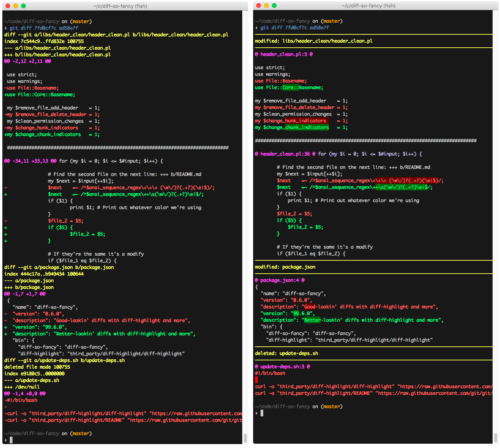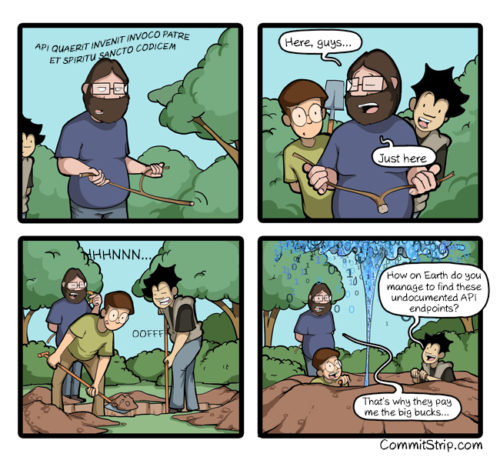Search Engine Optimization is not one of my favorite subjects to talk about. But I think this article is worth the time. It explains some of the challenges with voice search in very simple terms, and shows how voice search is growing and affecting the web.
Voice search is the fastest growing type of search, according to the keynote speech given by Behshad Behzadi at SMX West in March, Principal Engineer at Google Zurich. Already, 55% of teens and 41% of adults use voice search on a daily basis, and that number is only growing. The allure of voice chat is undeniable—it’s faster, it’s hands-free, it lets you multi-task, and (especially among millennials) it’s considered cool.
Voice chat is also becoming increasingly reliable as technology improves. In fact, two years ago word error rate was over 20%, but current speech recognition word error rate is as low as 8%—a huge leap in a short amount of time.


